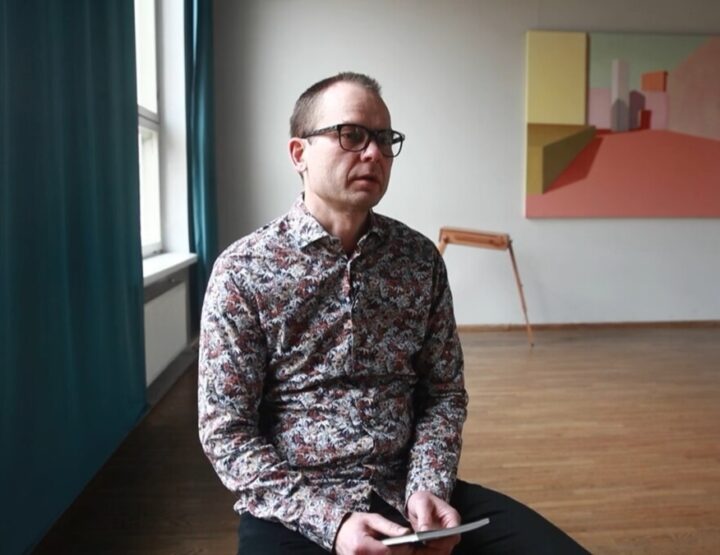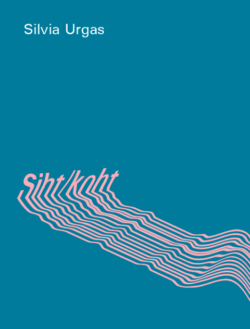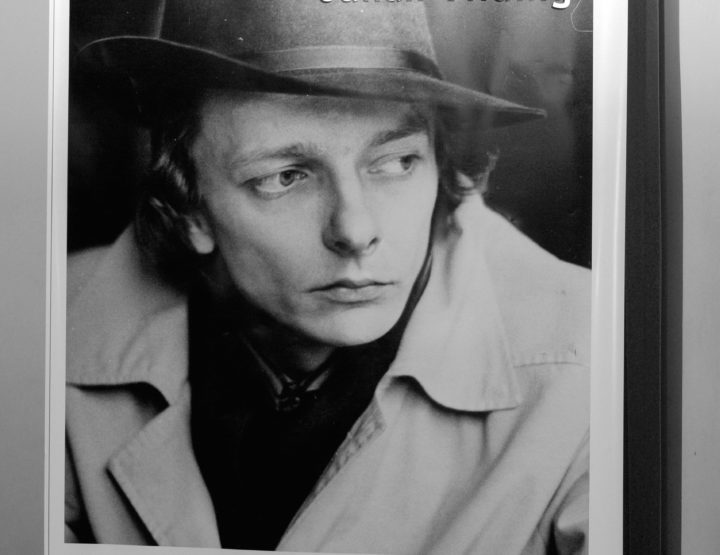Exchange of teaching staff between educational institutions in different countries is a common phenomenon. It does not always happen, however, that a relocating educator, a teacher or professor, also participates in an exchange of poetry, and maybe even starts to create with a foreign-language audience in mind. Nevertheless the year 2001 witnessed a couple of such volumes of verse published in Estonia, which testifies to a globalisation of poetry at this day and age of time-space compression. Yet the books do this by explicitly stemming from particular settings and locations.
The Light in Estonia/ Eesti valgel by Richard Adang is certainly a surprising volume. The poet is an American who has settled in the quiet Estonian town of Rapla where he teaches English at the local secondary school. He has published verse in several US magazines and has now produced a whole collection of Estonia-inspired poetry.
Although both the title and the cover photograph of a sunlit summer path presented as a forking mirror image prepare the reader for motifs of light, Adang’s poetry seems more to be concerned with the scarcity of illumination in Estonia. The rain and the snow appear to absorb the sunbeams that greeted the author on his first arrival in this country of stone bridges that he is contemplating as the land of his eventual death. Light here is ephemeral, quick to disappear in the last flashes of October sun or last streaks of sunlight. In several of Adang’s poems we proceed through wintry streets, frequently stormy, or are walled in, protected from the encroaching elements by sheer panes of glass.
Estonia as seen through Adang’s poetic lense is rough, restless and full of people. Often the persona is on the move, eavesdrops in trains, gazes through grimy bus windows or meditates on board of international flights. He rubs shoulders with people either near and dear or strange and possibly malevolent, both kinds nevertheless prominent in their physical presence and proximity. Images related to the human body and its functions appear in virtually every poem, noted down by a tense observer, who is mostly recording the experiences of the moment. Yet the tentacles of his mind can stretch to embrace millennia. That historical time is a somewhat fluid concept in this volume is signalled already by the statement made in the introduction, describing the university town of Tartu as one “of Renaissance buildings and medieval dogs”. Licentia poetica? But at any rate nicely wrapped in the time pocket between the 21st century book and 1st millennium sacrificial stone on the road to Alu, possibly the same one we find on the back cover.
All English-language texts in the volume are duly accompanied by Estonian counterparts created by Ly Seppel and Andres Ehin. The Estonian version of the introduction conventionally describes the Tartu buildings as dating from the Classicist period, but this is not to say that the texts in Estonian lack surprises. The readers who have access to both languages are in for an enjoyable experience in comparing the two sets, as Adang’s abrasive images and concise sentences are ingeniously transformed into Ehin’s flow of language in which parallelism and alliterative sound effects flourish. With the true warning that “it was necessary at times to depart from the literal sense and even from the actual images”, the Estonian texts offer a fresh and exciting parallel that effectively functions as a part of the target language literature, foregrounding not so much novel impressions of a country, but rather the growth force of the devouring beast of language let loose.
In addition to Adang’s book, the bookstores present yet another double-titled volume: “murdub äär: river runs” by Reet Sool. The author is Associate Professor of American literature at the University of Tartu. The juxtaposition of the titles seems intriguing: in different languages the collection foregrounds different poems. The image of a breaking edge is derived from an Estonian-language one, the title of which could be rendered “As the spring shower”, while “river runs” serves as the title of the poem in English that concludes the volume. All in all, the collection is written predominantly in Sool’s native Estonian, the English verse included reflects and refracts the Estonian lines on the same themes, yet wearing the lines’ rue with a difference, as there is indeed a subtly melancholic mood pervading most of her verse. Sool’s poetry is one of atmosphere, her nature one of water and vegetation that surrounds and encloses. Her snow covers rather than attacks, to draw a comparison with Adang.
Sool is conscious to the tiniest detail of the multiple facets of the linguistic substance she is creating from. Her repetition and recombination of sound and image result in a spell-binding effect that at first may lull the reader into expecting a purely aesthetic experience. Yet the opening poem of butterflies – what other image could better resonate with the weightlessness of verbal music – is to be succeeded by darker and heavier themes. The Litte Mermaid of Hans Andersen’s fairy tale is sitting close to a looming NATO base, the streets of the idyllic seaside Pärnu, the town of the poet’s childhood, have witnessed bloodstains, pain and death. The private mourning for a young woman, a childhood friend – the implied close ties to friends, mother and children lend a particular intimacy to the collection – stands side by side with the harsh conditions in the woods during the Finnish Winter War and the ashes from the ruins of the mythical Troy. Several poems have obviously been inspired by the period Sool spent as a Fulbright scholar at the University of California, Berkeley, yet characteristically it is rather the beehive hum on the campus or the magnificence of the Golden Gate Bridge, than a display of arid academic erudition that feed these poems.
Both Adang and Sool move between continents and the flow of their poetry draws on hybrid sources. Both, in their own way, cross geographical and linguistic boundaries, hopefully making Estonia and her poetry more accessible to the reader who is willing to do the same.
© ELM no 15, autumn 2002




